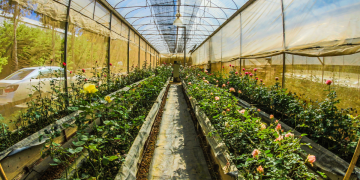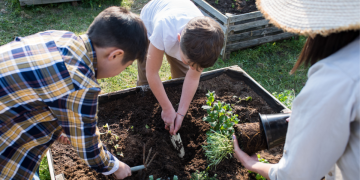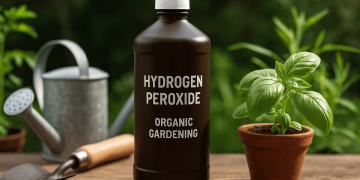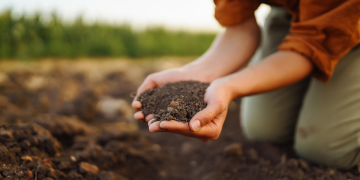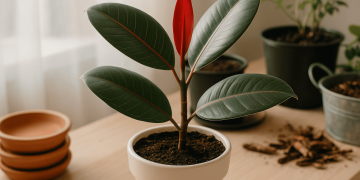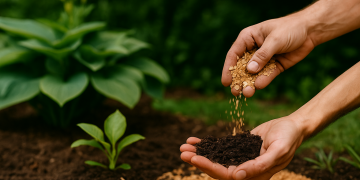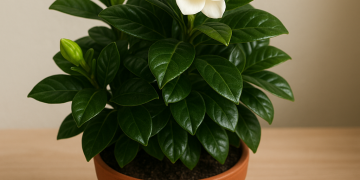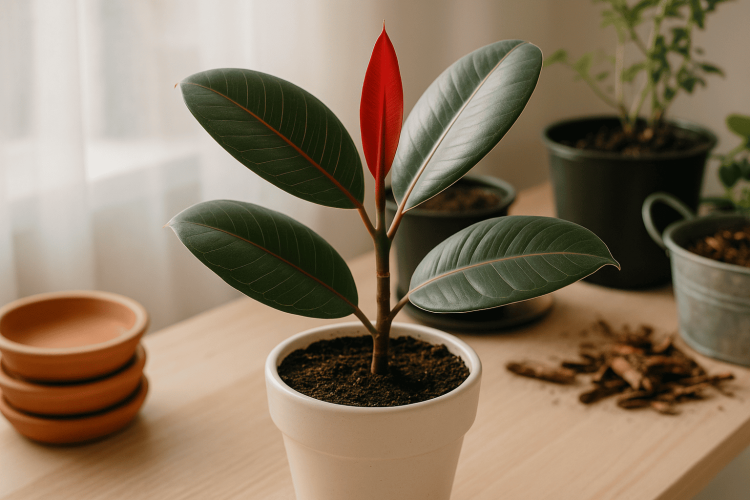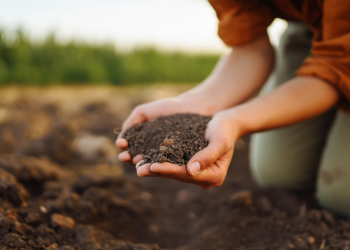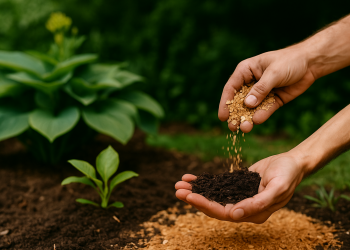Table of Contents
ToggleHow to Tell If Your Indoor Plant Soil Is Too Wet (Signs of Overwatered Plants and Soggy Soil)
Wondering if your indoor plant’s soil is simply moist or dangerously waterlogged? Getting it right is crucial for plant health—overwatering is one of the most common mistakes even experienced plant lovers make. Let’s break down exactly what soggy soil looks like, the main signs of overwatered plants, and simple steps you can take right now to check and protect your green friends.
First, let’s look at the soil itself. What does soggy soil look like? Healthy soil for most houseplants should appear rich, crumbly, and slightly damp to the touch shortly after watering, but not shiny or muddy. If instead you see very dark earth with a slick sheen, compacted texture, or puddling water on top, it’s a classic sign of overwatering. Pressing gently on the surface, overwatered soil often feels heavy and may even ooze water or leave a sticky, muddy residue on your finger. Another clear giveaway is smell: if your soil stays wet for several days, it may develop a musty or even moldy odor, which signals poor ventilation and possible root trouble ahead.
Now, what about your plant? The signs of overwatered plants often start subtly—wilting or soft, limp leaves, especially towards the lower part of the plant. Leaves turning yellow or showing brown spots can be a response to too-wet roots, but similar symptoms sometimes appear with underwatering or disease, so be sure to check the soil before taking action. If you ever find yourself asking, “Should I water if soil is damp?”—the answer is almost always no. Overwatering can do far more harm than letting your plant dry slightly between waterings.
A quick home check is simple: stick your finger or a wooden skewer about 2–3 cm into the substrate. Pull it out and see if it comes up with damp soil or mud attached. If so, the plant doesn’t need water yet. Remember, in a typical indoor setting, the topsoil should dry within two to four days after watering. Wondering how long should soil take to dry? If your soil feels wet for longer than that, especially if your room isn’t extremely humid or dark, that’s a clear warning sign and you might need to improve soil drainage.
Sometimes, if the problem has persisted, you may notice roots poking out from the pot that look soft or even dark and mushy, rather than the crisp, white roots of a healthy plant. A foul, sweet, decomposing smell is another indicator that root rot may be developing and requires immediate attention.
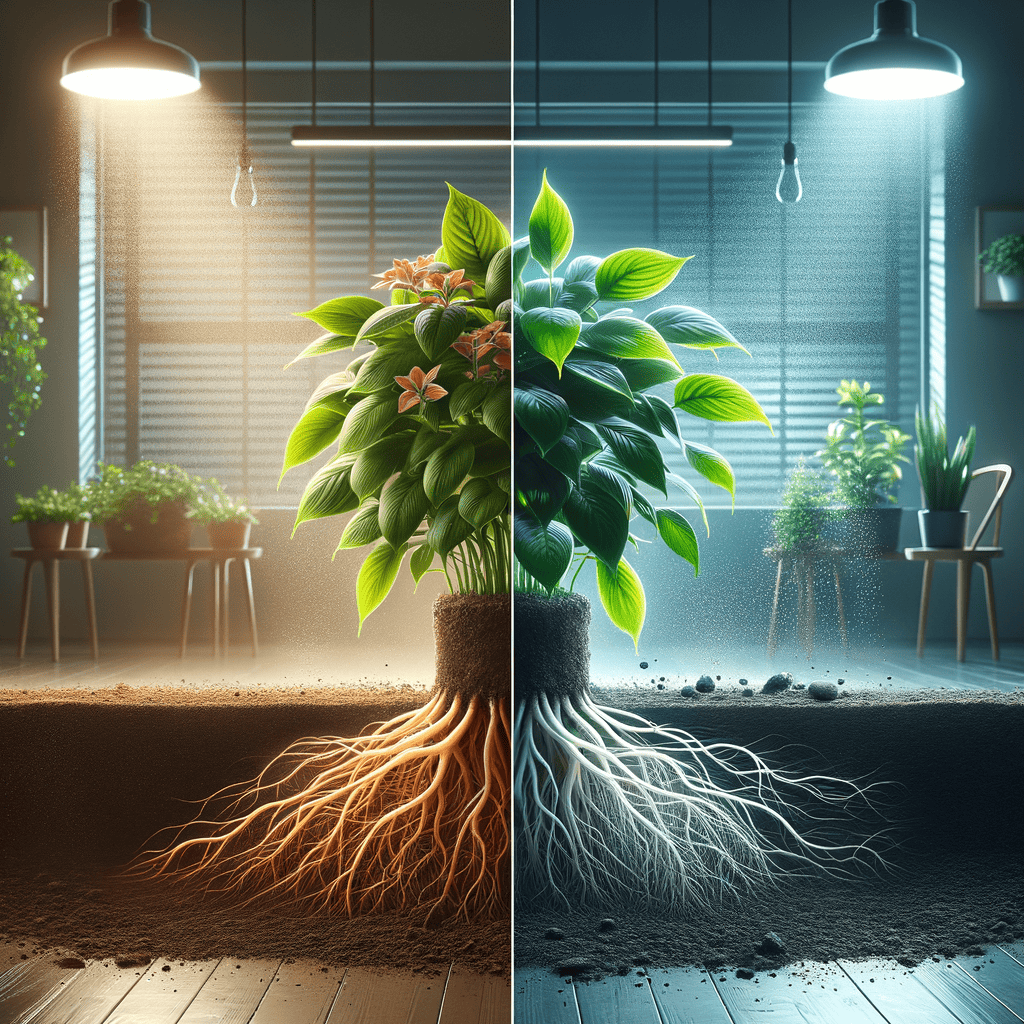
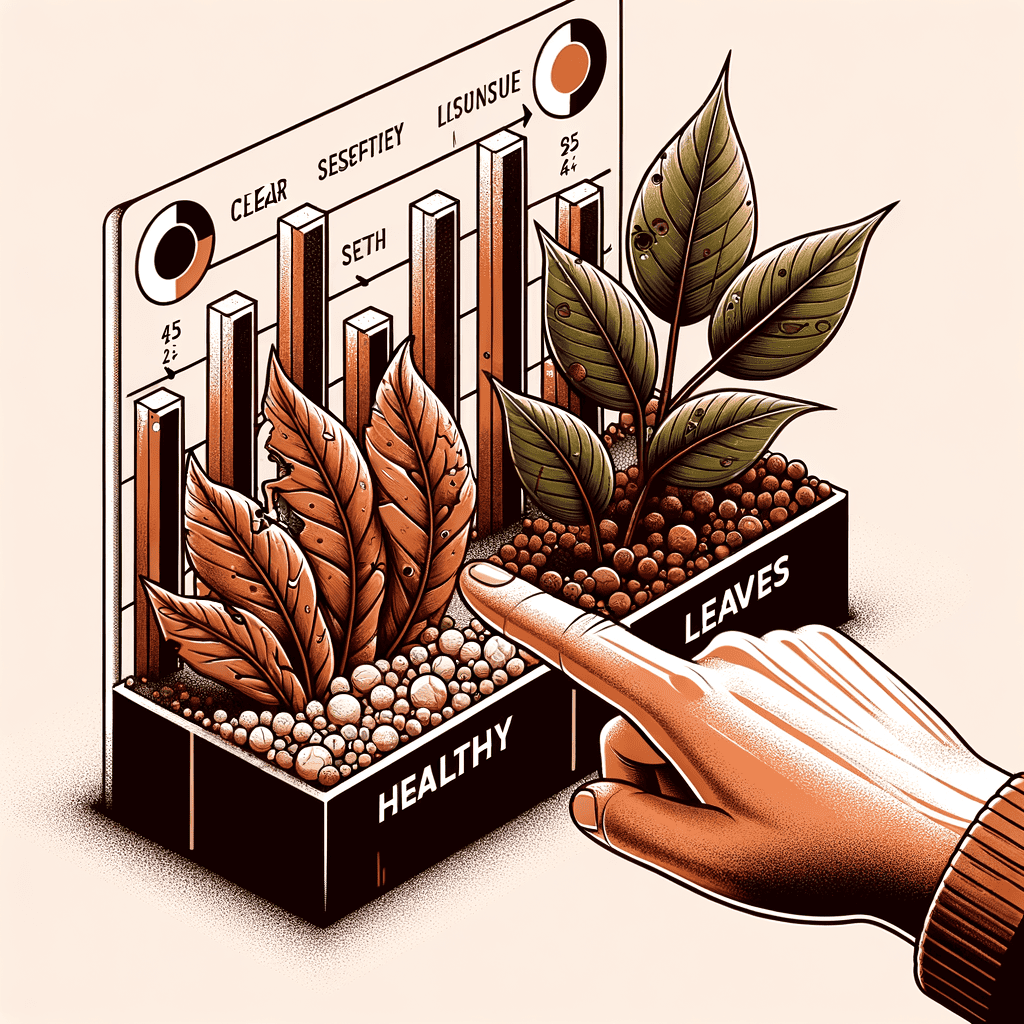
💡 Tip
“When in doubt, always check the soil’s moisture before watering—surface dampness is your best cue!”
By getting familiar with the look, feel, and even the smell of your soil, you’ll be able to tell if soil is overwatered—and keep your indoor plants happily thriving.
Fast and Effective Ways to Dry Wet Soil in Indoor Plants at Home
Discovering that your indoor plant’s soil is soggy can be alarming, especially if you’ve spotted early signs of overwatered plants—like yellowing leaves or a wilted appearance. If you’re wondering what does soggy soil look like, it’s soil that appears dark, heavy, and clings to your touch, often giving off a musty smell. Acting swiftly can be the difference between a healthy recovery and root rot.
The most effective way to tackle overly wet soil is this: carefully remove your plant from its pot, gently shake off as much of the wet soil as possible, and replace it with fresh, dry potting mix suited for indoor plants. This immediate action helps cut excess moisture from the roots and gives your plant the best starting point to recover. Don’t worry—transplanting may feel intimidating, but doing so with gentle hands is straightforward and delivers quick results.
However, if you don’t have extra substrate at hand, place your plant (with its existing soil) on a layer of kitchen paper towels or newspaper. These absorbent materials help draw moisture away little by little. Additionally, tilting the pot to one side is a useful trick: gravity encourages any pooled water to drain, provided the pot’s base holes aren’t blocked. If you’re unsure how to tell if soil is overwatered, gently press the top layer—a persistently damp, heavy-feeling, or saturated texture is a clear warning sign.
Ventilation is key in speeding up the drying process. Move your plant to a space with good air circulation; a breezy spot in the room will help moisture evaporate faster. If you have access to gentle indirect sunlight, let your plant benefit from it—this encourages evaporation without exposing sensitive roots to harsh direct rays.
For an even quicker fix, use absorbent paper towels or napkins to blot the top layer of the soil directly. Press lightly and repeat as needed; this wicks away surface-level moisture effectively. Always avoid the temptation to use heat sources (hairdryers, ovens, or radiators) on your plant—direct heat can burn roots and deteriorate soil structure.
This is also the perfect moment to inspect your planter. If the pot lacks sufficient drainage holes, the risk of waterlogging will persist with each watering. Switching to a pot with larger or more numerous drainage holes is a simple way how to improve soil drainage and prevent similar issues in the future. Keep in mind, too, that regular garden soil is usually not the best choice for indoor plants; it retains far more moisture than specialized indoor mixes. If you have doubts about your substrate selection, it’s smart to research or consult guides before replanting.
When you’re wondering should I water if soil is damp, the answer is always “no.” Wait until the soil feels dry to the touch before watering again. If lingering doubts remain, remember that how long should soil take to dry varies, but in most indoor conditions, a well-draining mix should feel dry within a few days once corrective actions are taken.

✅ Recommendation
Consider choosing pots with efficient drainage, a repotting kit, and affordable moisture meters to keep better control of your indoor plant care, especially if you have several plants.
Fast and Effective Ways to Dry Wet Soil in Indoor Plants at Home
Maintaining healthy soil moisture is the secret to thriving indoor plants—and it starts with simple routines you can apply right at home. The first step is to always pay attention to when and how you water. Rather than sticking to a rigid schedule, get in the habit of checking soil moisture a few centimeters below the surface, either with your finger or a basic moisture meter. If you’re wondering: “should I water if soil is damp?”—the answer is no. Wait until the top layer of soil feels dry before your next watering to keep roots healthy and prevent waterlogged conditions.
Choosing the right pot matters too. Select pots with sufficient drainage holes at the bottom, and make it a habit to inspect these regularly to ensure they aren’t blocked by roots or compacted soil. Good drainage is key for anyone wondering “how to improve soil drainage,” and this can be accomplished by mixing in a small amount of perlite or coarse sand with your potting mix. Not only does this increase air flow to roots, but it also helps the soil release excess water more quickly, minimizing the risk of soggy patches.
When it’s time to water, make sure every area of the soil gets evenly moistened. Avoid pouring too much in one spot, which can create localized oversaturation. If you use a saucer or tray under your pot, remember to empty any standing water within a few minutes after watering—never let the base sit in water for long stretches.
If you ever notice pests or persistent effects from excess moisture, such as mold or odd smells, this can indicate a bigger moisture issue. In these cases, it’s smart to seek out further advice or check out dedicated guides.

Common Watering Mistakes and How to Solve Them
| Error | Practical Solution |
|---|---|
| Watering on a rigid schedule | Always check soil moisture first |
| Ignoring clogged drainage holes | Clean and check pot drainage regularly |
| Using soil that retains too much water | Mix in perlite or coarse sand to improve soil drainage |
| Letting pots sit in water-filled trays | Remove excess water from trays after each watering |
| Watering soil that is still damp | Wait until the top few centimeters feel dry before watering |
💡 Tip
For particularly sensitive plants or if you want extra reassurance, investing in an affordable moisture sensor is a simple way to avoid unnecessary watering and maintain optimal plant health.
With just these easy routines and a little observation, you can confidently avoid overwatered soil, encourage strong root health, and create the best possible environment for your indoor plants to flourish.

